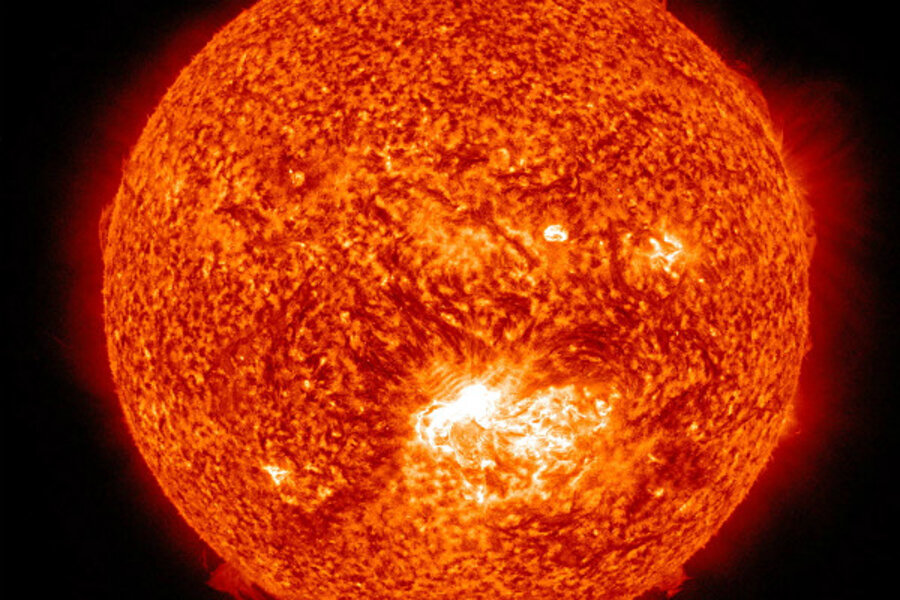Giant solar storm barrelling toward our planet no big deal, says space weather forecaster
Loading...
| Los Angeles
A solar storm was due to arrive Saturday morning and last through Sunday, slamming into Earth's magnetic field. Scientists said it will be a minor event, and they have notified power grid operators, airlines and other potentially affected parties.
"We don't see any ill effects to any systems," said forecaster Joe Kunches at the U.S. Space Weather Prediction Center in Colorado.
There's a bright side to stormy space weather: It tends to spawn colorful northern lights as the charged particles bombard Earth's outer magnetic field. Shimmering auroras may be visible at the United States-Canada border and northern Europe this weekend, Kunches said.
The storm began Thursday when the sun unleashed a massive flare that hurled a cloud of highly charged particles racing toward Earth at 3 million mph (4.8 million kph). It was the sixth time this year that such a powerful solar outburst has occurred. None of the previous storms caused major problems.
In severe cases, solar storms can cause power blackouts, damage satellites and disrupt GPS signals and high-frequency radio communications. Airlines are sometimes forced to reroute flights to avoid the extra radiation around the north and south poles.
In 1989, a strong solar storm knocked out the power grid in Quebec, causing 6 million people to lose electricity.
Juha-Pekka Luntama, a space weather expert at the European Space Agency, said utility and navigation operators "will certainly see something, but they will probably find ways to deal with any problems."
The storm is part of the sun's normal 11-year cycle of solar activity, which is supposed to reach peak storminess next year.
___
AP writer Frank Jordans in Berlin contributed to this report.
___
Alicia Chang can be followed at http://www.twitter.com/SciWriAlicia
Copyright 2012 The Associated Press.







